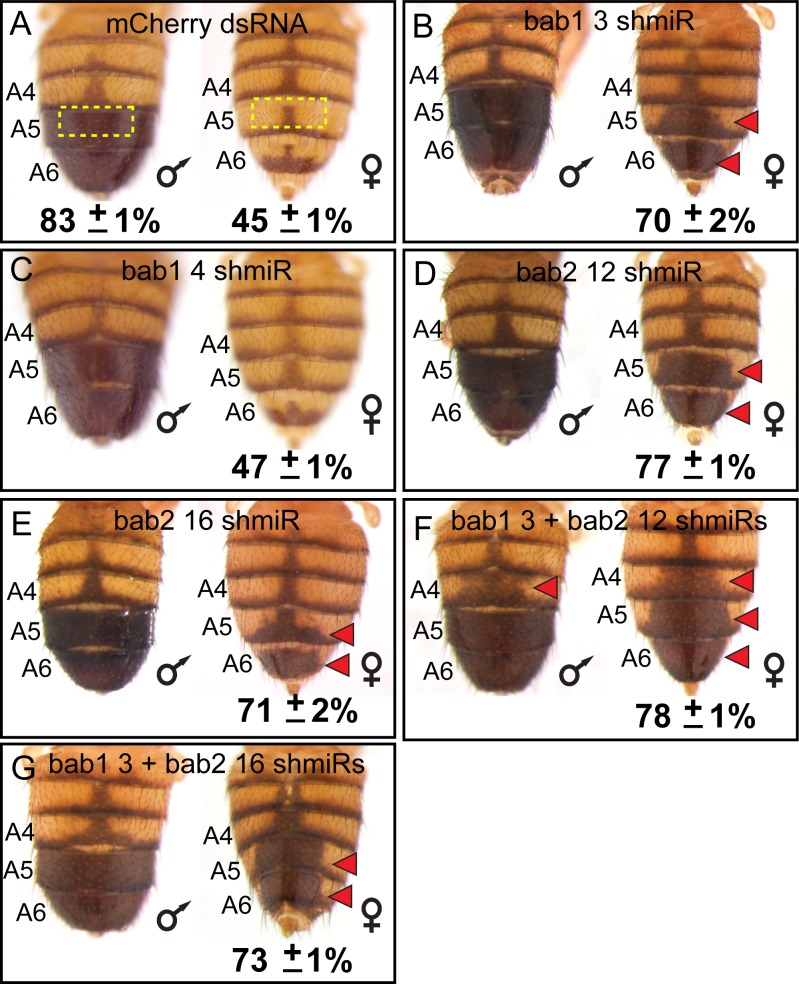Figure 5. RNA-interference reveals a necessity for both bab1 and bab2 in suppressing female tergite pigmentation.
(A–G) Double-stranded (ds) RNA transgenes with UAS binding sites were expressed in the dorsal midline abdomen region driven by GAL4 that was expressed in the midline pattern of the pnr gene. (A) Expression of a negative control dsRNA that targets a gene (mCherry) that does not naturally exist in the D. melanogaster genome resulted in no apparent pigmentation phenotype from RNA-interference (RNAi). (B and C) Two different dsRNAs specific to bab1 and to (D and E) bab2 were tested for pigmentation phenotypes from RNAi. (F and G) Simultaneous RNAi for bab1 and bab2 was accomplished by expressing ‘chained’ transgenes. Red arrowheads indicate tergite regions where RNAi caused the development of ectopic pigmentation. The anterior midline tergite regions (illustrated in panel A by dashed yellow rectangles) were quantified for their darkness percentage for replicate specimens (n = 4). These percentages and their standard error of the mean (±SEM) are provided below a representative image.

